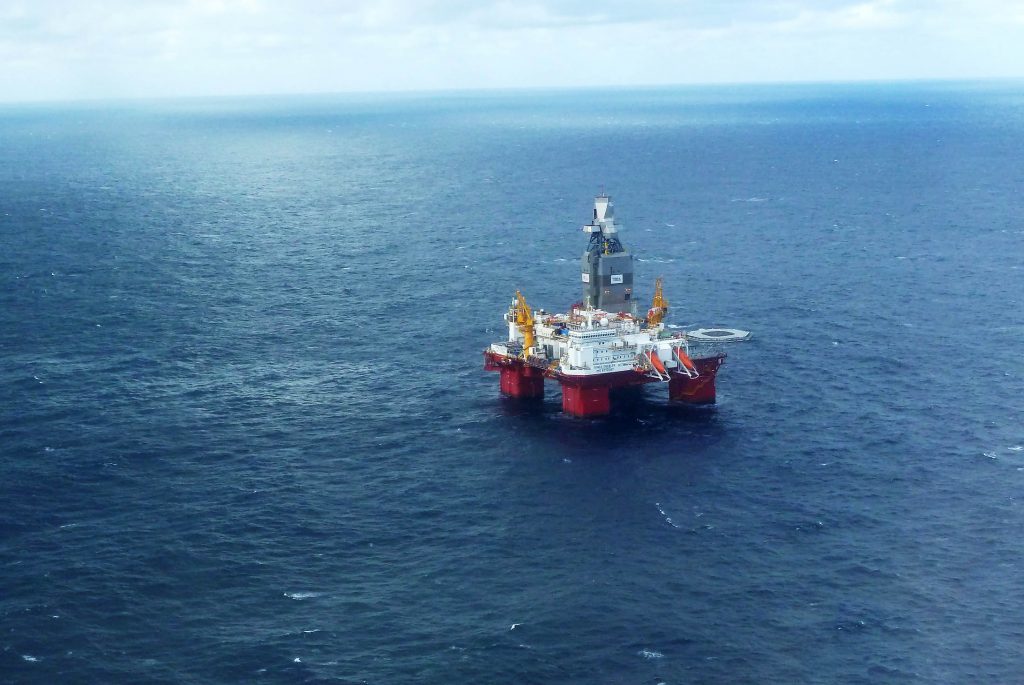
After more than 3 years of taking a hammering, drillers are set to rise.
“They will rise 100 to 200 percent — a real surge,” Martin Molsaeter, portfolio manager and partner at First Fondene, said in an interview in Oslo on Wednesday.
Oil service companies suffered as crude prices fell in 2014, with explorers and producers slashing spending to weather the downturn. But as oil companies start to increase investments with crude back over $70 dollar a barrel, revenue is likely to rise for rig companies and other suppliers.
“Utilization is increasing but not the rates,” said Molsaeter, who manages about 2.3 billion kroner ($300 million). “First, the number of rigs employed increases and then one or two years later the rates come up.”
He holds stakes in Ensco Plc., Rowan Companies Plc., Shelf Drilling, Ltd. and Northern Drilling Ltd. in his funds.
“Northern Drilling is interesting,” he said. “John Fredriksen says he wants to start a new Seadrill, with only new rigs. We were one of only 13 in the whole world that were invited. We joined and it has been a fantastic investment.”
Molsaeter’s Norwegian stock fund, First Generator, has averaged 19 percent a year over the past five years, making it the best performing Norwegian equity fund, according to Morningstar. Last year he closed the fund to new inflows after reaching 1.5 billion kroner as it was getting too big for the Norwegian market to manage actively.
Molsaeter, who earlier worked as an analyst at First Securities and DNB Markets, focuses on the “Norwegian” sectors of oil, oil services, shipping and materials, with only 16 to 20 holdings in the Generator portfolio.
“It’s better to find your own universe,” he said. “You become familiar with those stocks and can trade and trade those. We’re very active. Not buy and hold.”
Molsaeter prefers to trade undervalued and unpopular stocks that offer an implied option. The biggest holding in Generator is fertilizer producer Yara International ASA.
“Fertilizer has been an industry that has performed poorly for many years due to overcapacity,” he said. “Now it’s coming back.”
